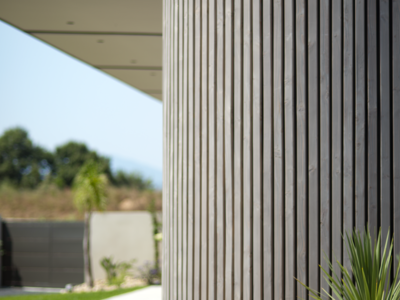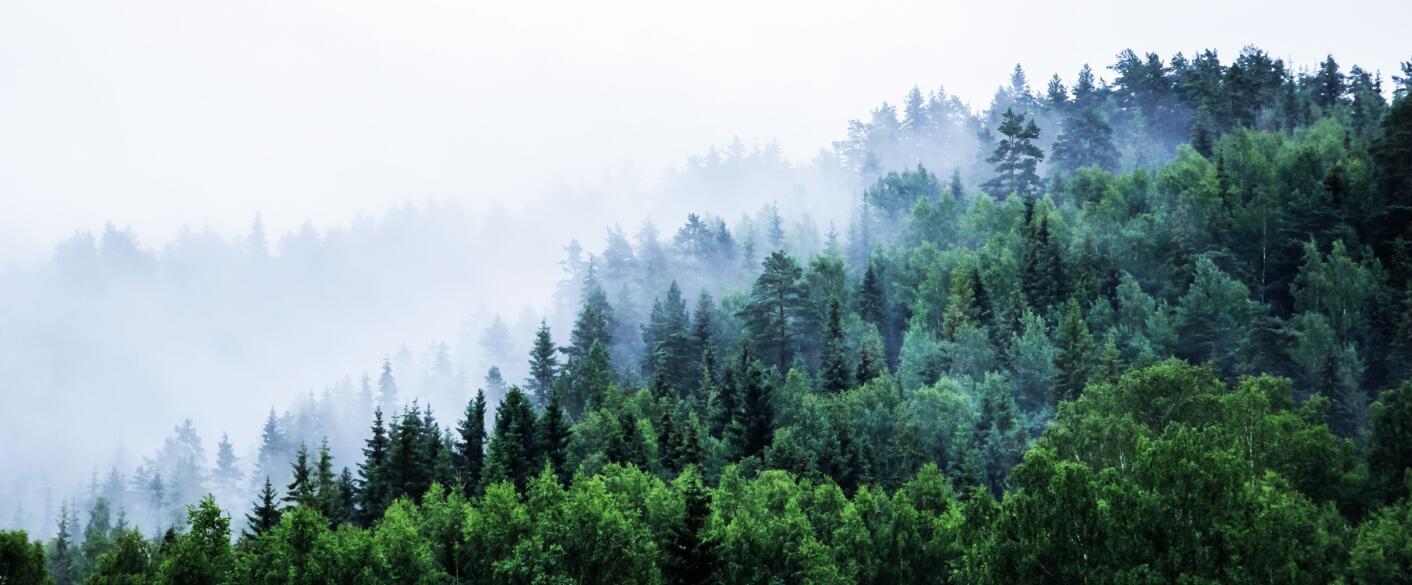Are you looking for wood cladding that's durable, stable, environmentally friendly and aesthetically pleasing? Discover thermally heated wood cladding. The unique characteristics of "thermo-heated" or "thermo-stabilised" wood are inspiring architects around the world to create sustainable, environmentally-friendly building projects. Thermo-heated wood cladding, manufactured using only heat and steam, will surprise you with its many advantages. In this guide, you'll find everything you need to know about the features and benefits of insulating with thermally-heated wood cladding: the manufacturing process, benefits, maintenance, the most suitable types of wood and prices. Follow our wood experts in their discovery of thermo-heated wood cladding!
Key points to remember:
- Natural & eco-friendly material: thermal process that modifies wood without chemicals, environmentally friendly.
- Dimensional stability: reduced warping and deformation, boards more resistant to climatic variations.
- Durability & weather resistance: wood cladding more resistant to UV rays, humidity, and extreme environments (seaside, mountains).
- Enhanced wood species: sustainable wood species (pine, spruce, larch) for indoor and outdoor use, suitable for all applications.
- Minimal maintenance: wood that can be left to weather naturally or retain its color with a saturator.
- Competitive cost: more affordable than exotic wood, with enhanced durability.












